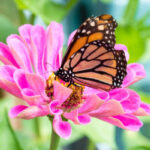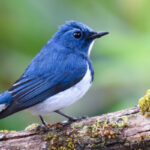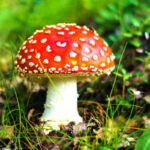We explain what the Plantae kingdom is, what its characteristics and classification are. Also, how its nutrition, reproduction and examples.

What is the plant kingdom?
The kingdom Plantae (from the Latin “plants”) or plant kingdom is one of the five biological kingdoms along with the animal kingdom (Animals), the mushroom kingdom (Fungi), the kingdom protista (Protist) and the monera kingdom.
Plants are eukaryotic organisms (their cells have a nucleus), multicellular (they have more than one cell) and autotrophs (they produce their own food through photosynthesis). Furthermore, they are always immobile.
Photosynthesis constitutes the type of nutrition What differentiates plants from animals and fungi. Through this process, plants take in CO2 from the atmosphere, water from the soil, and light energy from the sun to make complex glucose molecules.
Plants can reproduce asexually, for example by forming cuttings or runners. They also have sexual reproduction strategies, in which specialized structures, such as the flower, participate.
Organisms of the plant kingdom are fundamental for life since they constitute the basis of food webs (food chains). Furthermore, they intervene in the composition of the gases in the atmosphere, because they provide oxygen and consume carbon dioxide.
Botany is the branch of biology that is dedicated to the kingdom Plantae. His main field of study is taxonomic classifications of plants and plant physiology.
- See also: Biological kingdoms
Characteristics of the kingdom Plantae
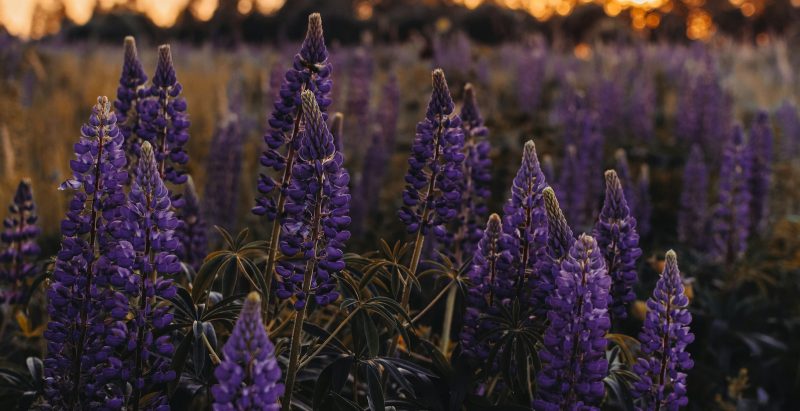
Individuals from the plant kingdom share the following fundamental characteristics:
- are multicellular eukaryotes. Plant cells are eukaryotic cells (they have organelles inside). In turn, all plants are made up of more than one cell.
- are autotrophic organisms. Through photosynthesis, plants can produce their own food, from CO₂, water and solar energy. The plant cell contains chloroplasts, organelles specialized in this process.
- have cells with a cellulose wall. Plants have a rigid wall that covers the outside of their cells called the cell wall. The cell wall is made of cellulose, a polymer that gives them structural strength.
- lack mobility. The plants live attached to the substrate, they cannot move. In some cases, they move as a result of natural agents, such as water or wind. However, they cannot move from one habitat to another, nor escape from the animals that consume them for food.
- have sexual and asexual reproduction. Plants have sexual and asexual reproduction strategies. Depending on the species, some plants reproduce sexually and others do so through clones. There are also species that can reproduce in both ways.
Nutrition of the kingdom Plantae
All members of the kingdom Plantae have autotrophic nutrition, that is, are capable of making their own food through a metabolic process called photosynthesis.
The type of nutrition is the main characteristic that distinguishes the three multicellular kingdoms Plantae, Animalia, Fungi. For their part, the members of the kingdom Protista are unicellular eukaryotic organisms, which have all types of nutrition.
| Kingdom Plantae | Animalia Kingdom | Fungi Kingdom |
|---|---|---|
| Autotrophs | Heterotrophs | |
| Photosynthesis. They produce their own food | Ingestion. They ingest other living beings and digest them inside their body | Absorption. They secrete enzymes to the outside and then absorb nutrients |
The kingdom Plantae, Animalia and Fungi are distinguished according to the type of nutrition.
What is photosynthesis?
The manufacture of food from inorganic matter happens inside plant cells, in an organelle called the chloroplast. Inside the chloroplast, CO2 from the atmosphere combines with water and sunlight to produce complex glucose molecules. Photosynthesis removes oxygen as waste.
6CO2 + 6H2O → C6h12EITHER6 +6O2
Glucose constitutes a reserve of chemical energy, that is, a food. It can be used immediately or stored (typically in the form of starch). To use glucose energy, plant cells carry out another metabolic process, called cellular respiration. In this case, the glucose molecule releases energy as it is oxidized.
The water that plants use for photosynthesis comes from the soil through their roots, which also absorb other substances, such as certain compounds derived from nitrogen. Some plants, called carnivorous or insectivorous plants, are adapted to living in places where soils are poor in nitrogen (such as swamps and peat bogs). These plants can attract and capture insects, digest them and thus incorporate nitrogen and other substances that are not in those soils.
- See also: Glycolysis
Main plant groups

The classification of plants includes the group of mosses and liverworts (bryophytes), the group of ferns, horsetails and lycopodia (pteridophytes), that of ginkgos, cycads and conifers (gymnosperms) and another very large group to which most of the plants we know belong (angiosperms). Algae have some similarities to plants, but they belong to the kingdom protista.
The species that make up the Kingdom Plantae can be classified into the following groups.
- Bryophytes. They are tiny terrestrial plants, which do not have internal tubes (they are non-vascular plants). They usually live in humid areas, because they need water for reproduction. Mosses and liverworts belong to this group.
- Pteridophytes. They are plants with conductive vessels inside (vascular plants). They reproduce through spores and do not produce seeds. Ferns, horsetails and lycopodia belong to this group.
- Gymnosperms. They are vascular plants with seeds, but do not produce flowers. They can live on dry land and produce pollen grains. Ginkgos, cycads and conifers belong to this group.
- Angiosperms. They are vascular plants with seeds, which produce flowers and fruits. Flowers allow pollination through animals. Most of today's plants belong to this group: grasses (such as wheat), fruit trees (such as peach trees), leafy trees (such as oak), among other very diverse species.
The algae
Algae are photosynthesizing organisms, whose taxonomic classification has been in controversy for many years. It is considered a very diverse group, which includes unicellular and multicellular algae. They are characterized by being found in aquatic habitats and having a very simple structure, without roots or true leaves, nor do they have conducting vessels. Some rare species of algae have managed to adapt to life on land.
They are typically described three groups of algae: green algae, red algae and brown algae. Although some authors have included green algae within the kingdom Plantae, it is currently considered that all algae belong to the kingdom Protista.
Reproduction of the kingdom Plantae
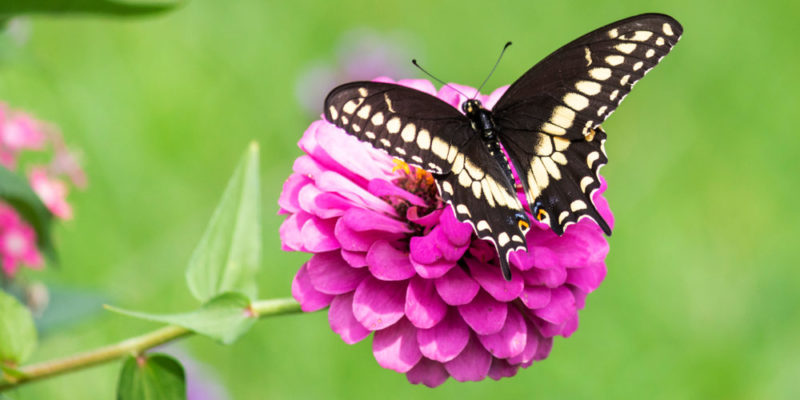
Plants can reproduce sexually or asexually, depending on their species and, sometimes, the environmental conditions in which each individual is found.
sexual reproduction of plants
Sexual reproduction is most common reproductive strategy in plants. Through sexual reproduction, a new individual is created from genetic information provided by two parents.
It involves the union of gametes (male and female sex cells). These cells are made in organs specialized in reproduction. The reproductive organ of angiosperms is the flower. Gymnosperms, since they do not have flowers, have other structures. For example, pine trees have cones, which are responsible for reproduction.
In plants, for fertilization to occur (the meeting of male and female gametes) a pollinating agent is needed. Wind, insects and even some birds move pollen grains from one plant to another. Pollen contains male gametes that, upon arriving at another plant, meet the female gamete and fertilize it.
Asexual reproduction of plants
Asexual reproduction is a common reproductive strategy in unicellular organisms in fungi and in some primitive plants. Through asexual reproduction, plants create a new independent and complete individual, from the genetic information of a single parent. Since they are genetically the same, the offspring is said to be a clone.
In plants, asexual reproduction can occur through different forms of vegetative multiplication. For example, Creeping plants generate long stems, called stolons, that grow roots and little by little give off leaves, until they detach from the plant.
Bulbs, tubers and rhizomes also constitute forms of sexual reproduction in plants. In the potato plant, for example, new plants can sprout from the buds of the tuber.
- See also: Plant reproduction
Importance of the plant kingdom
It is believed that the kingdom Plantae appeared about 500 million years ago and, since then, plants became very important as support for the rest of living organisms.
- are the basis of all food webs. All other living things depend on plants. Herbivorous animals, carnivores and decomposer organisms (fungi) have their food base in plants. For human beings, plants serve as food.
- are the source of oxygen on the planet. Plants are the ones who provide O2 to the Earth's atmosphere. Most living things need oxygen to live.
- consume carbon dioxide from the atmosphere. Plants avoid excess CO2 in the atmosphere, which can be toxic. This characteristic is especially relevant given that many human activities eliminate large amounts of CO2 to atmospheric air.
- consume nitrogen from the soil. Plants participate in the nitrogen cycle, a biogeochemical cycle that enables the supply of nitrogen between different living beings. Some activities, such as intensive agriculture and the use of fertilizers, can generate imbalances in soil nitrogen, which seriously affect ecosystems.
- prevent flooding. Plants absorb water from the substrate to make their food. Thus, territories populated with plants are less likely to suffer floods.
Examples from the kingdom Plantae












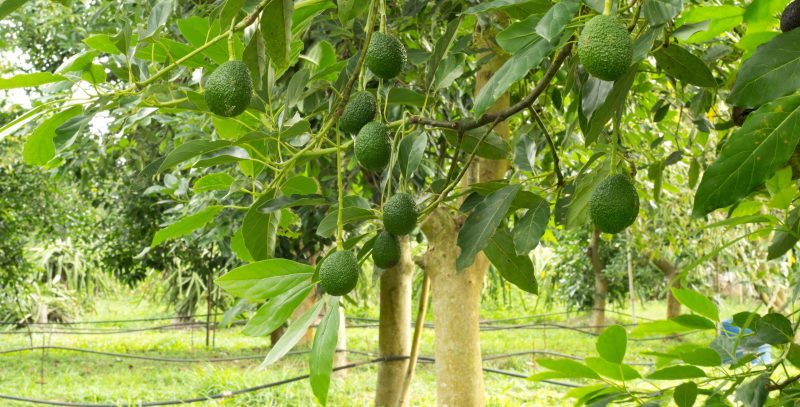

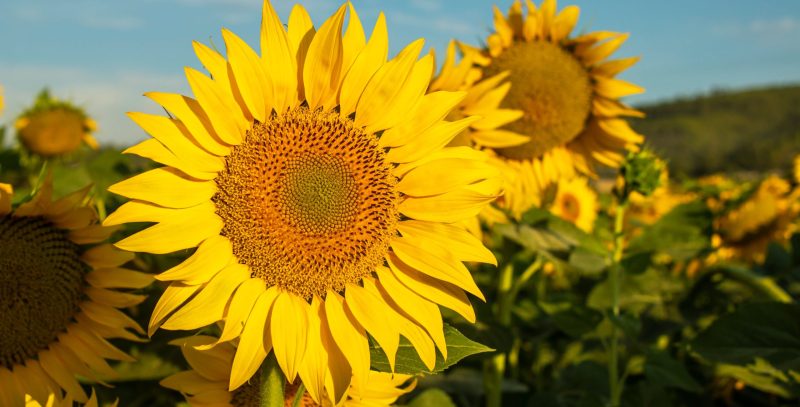



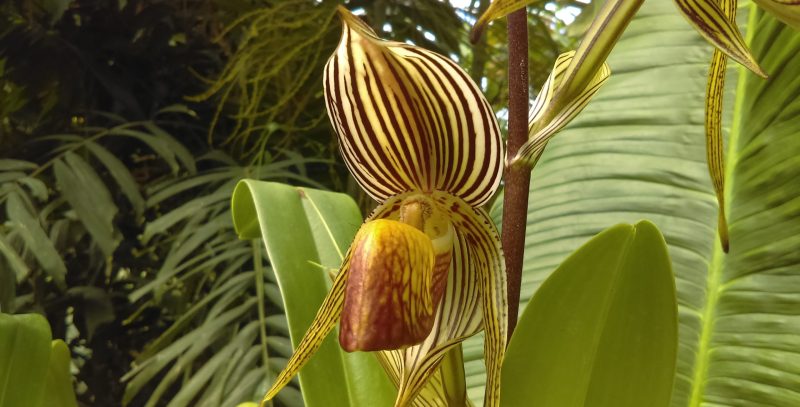

Some representative species of the Plantae kingdom are:
- moss wall screw (Tortula muralis). It is a bryophyte, belonging to the group of mosses. It is a very small plant, widely distributed in urban environments. It can be found on walls, bricks, rocks or trees.
- Hepatic sources (Marchantia polymorpha). It is a bryophyte, belonging to the liverwort group. It is a small plant (it measures less than 2 centimeters) that lives in humid soils. Historically it was used for medicinal purposes.
- saw fern (Nephrolepis exaltata). It is a pteridophyte, belonging to the group of ferns. It is a medium-sized plant, widely used in home decoration, usually in hanging pots. It is a species native to Central America and South America.
- winter horsetail (Equisetum hyemale). It is a pteridophyte, belonging to the group known as “horsetails”. It has thin stems covered with leaves that form a sheath. Medicinal properties linked to kidney and digestive disorders have been attributed to it.
- cahuite pine (Pinus ayacahuite). It is a gymnosperm, belonging to the pine group. It is a species native to Mexico, used for wood production and even for Christmas decoration.
- church palm (Cycas revoluta Thunb). It is a gymnosperm, belonging to the group of cycads or cycads. It looks like a short palm tree and grows very slowly. Of Japanese origin, it is usually used as an ornamental plant.
- Avocado (Persea Americana). It is an angiosperm, belonging to the group of dicotyledons. Popularly known as avocado, avocado or palta, it has its origins in Central America. Its edible fruit has promoted the extension of the cultivation of this plant for commercial purposes.
- Sunflower (Helianthus annuus). It is an angiosperm, belonging to the group of dicotyledons. Its cultivation has great commercial value in the production of oil and other derivatives. It originates from North America.
- Corn (Zea mays). It is an angiosperm, belonging to the group of monocotyledons. The species originated in Central America by artificial selection of teosinte, a type of wild corn.
- Kinabalu Gold Orchid (Paphiopedilum rothschildianum). It is an angiosperm, belonging to the group of monocotyledons. It belongs to the orchid family, whose flowers are used as ornament. This species is highly coveted and of high commercial value, because its habitat is restricted to specific regions of the island of Borneo.
What is botany?
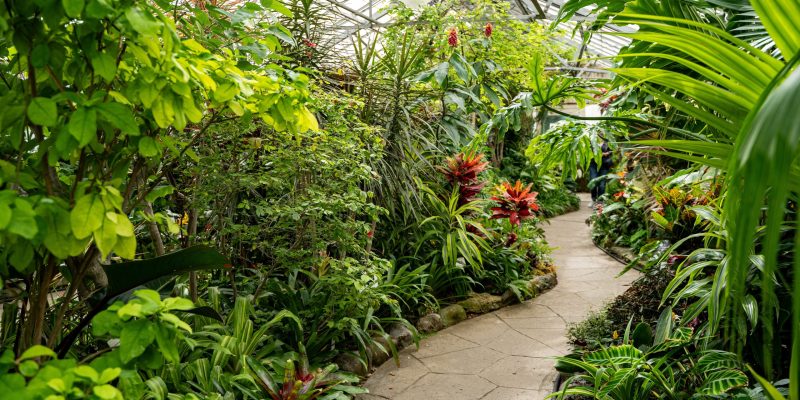
The branch of biological sciences dedicated to the study of plants is known as botany. Just as zoology studies animals in their different aspects, botany focuses on understanding the classifications of plants and the relationships between plants and animals.
In addition, botany deals with plant physiology and the evolutionary history of plants.
document.addEventListener(“DOMContentLoaded”, (e) => {
var sliderContainer, slider;
sliderContainer = document.getElementById(‘block_4fa460a9e887750d53f6463777446f61’);
if (typeof initSlider !== ‘function’) {
console.log(‘Swiper haven\’t been loaded’);
sliderContainer.className += ‘ fw scroll-snap’;
return;
};
options = {
direction: ‘horizontal’,
speed: 1000,
slidesPerView: ‘auto’,
// slidesPerGroup: 1,
centerInsufficientSlides: true,
// centeredSlides:true,
spaceBetween: 15,
breakpoints: {
720: {
// centeredSlides: false,
// slidesPerGroup: 2,
spaceBetween: 25
},
},
pagination: {
el: ‘.swiper-pagination’,
type: ‘bullets’,
clickable: true
},
}
slider = initSlider(sliderContainer, options);
})
References
- Audesirk T., Audesirk G., Bruce E., BIOLOGY 3: Evolution and ecology. 6th edition. Pearson education (2003).
- Garilleti R and Albertos B. (Coord). Atlas and red book of the threatened bryophytes of Spain. Ed. Autonomous Organization National Parks. (2012)
- Melgarejo-Estrada, Elizabeth, Suárez, M. Eugenia, & Lechner, Bernardo E.. (2020). Systematics and taxonomy of Algae and Fungi.


